Have you ever thought about how old photos affect us? They create a matching effect: as it was before, and as it is now. The same effect occurs when you find yourself among ancient buildings, looking at which you realize that once people passed by these walls, life was boiling here and developing in its own way.
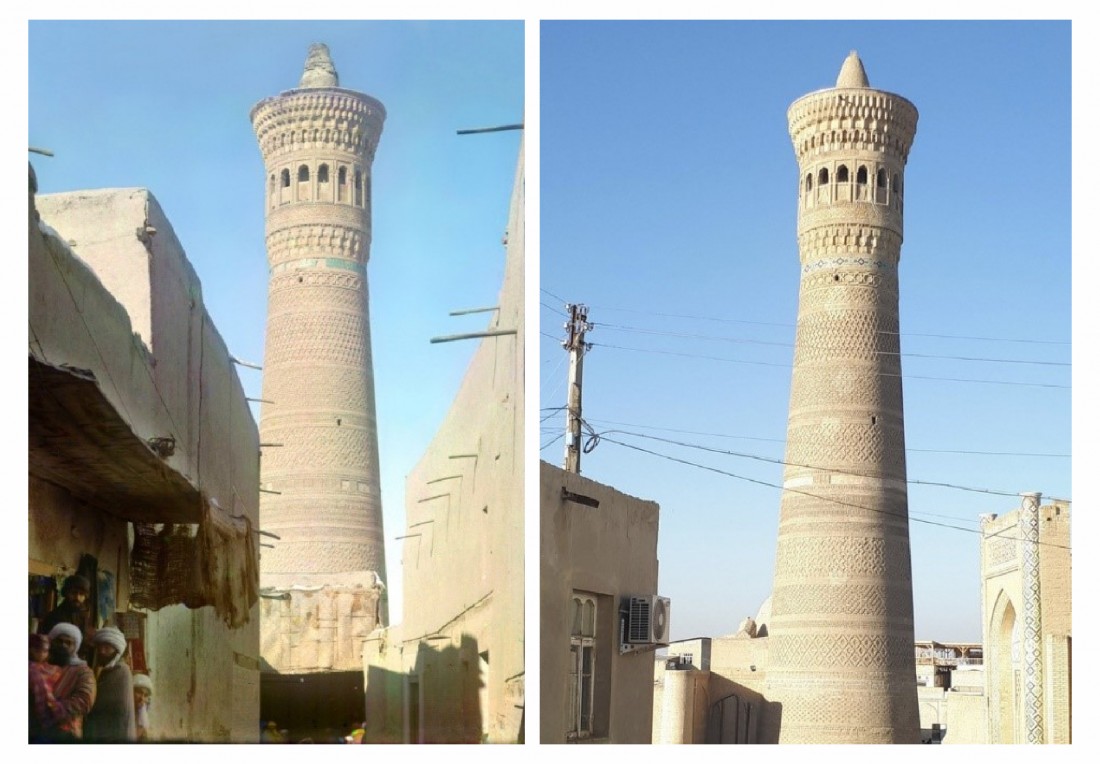
The Russian photographer, inventor, Mendeleev's student - S.M. Prokudin-Gorsky (1863-1944), left behind a huge legacy – a large photo collection of color photographs of the early XX century. The tsar allowed Sergei Mikhailovich to go everywhere, even to places where it was very difficult to get to. As part of the Russian Geographical Expedition, the photographer made three trips to Central Asia. 237 photos became the most important photographic materials of those times.
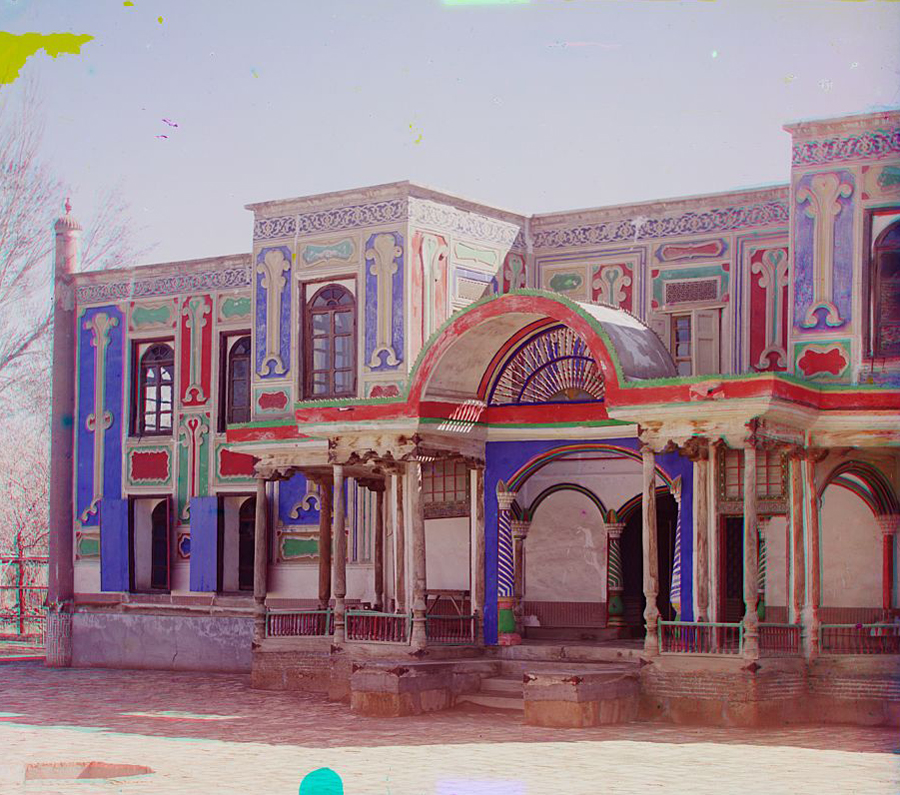
Initially, in 1907, the purpose of the trip was to shoot a solar eclipse in Samarkand. Along the way, Prokudin-Gorsky also filmed other objects: buildings of architecture, local residents, landscapes. The eclipse could not be filmed due to bad weather. And after his visit, an earthquake occurred, as a result of which many monuments were destroyed. This is another reason why the photographer's work is especially valuable.
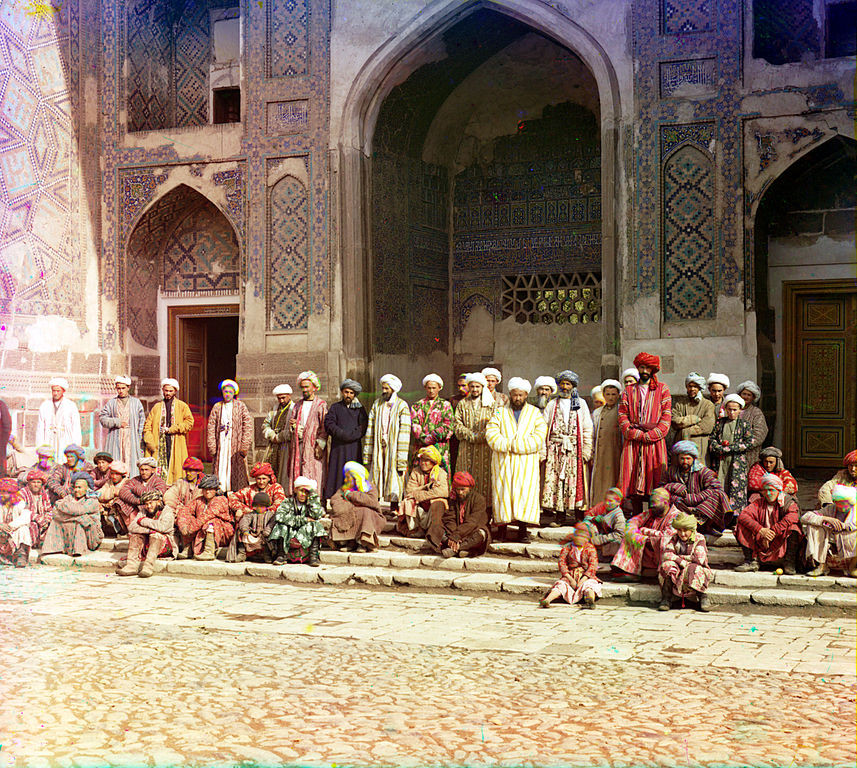
The master returned to Uzbekistan two more times. He shot Bukhara, Samarkand, Syr Darya, Tashkent. His photographs convey the way of life and way of life of the inhabitants of the then Uzbekistan in the best possible way. Photos of Prokudin-Gorsky, as if discovered by archaeologists and made last summer with a mirror, and here the comparative effect is huge.
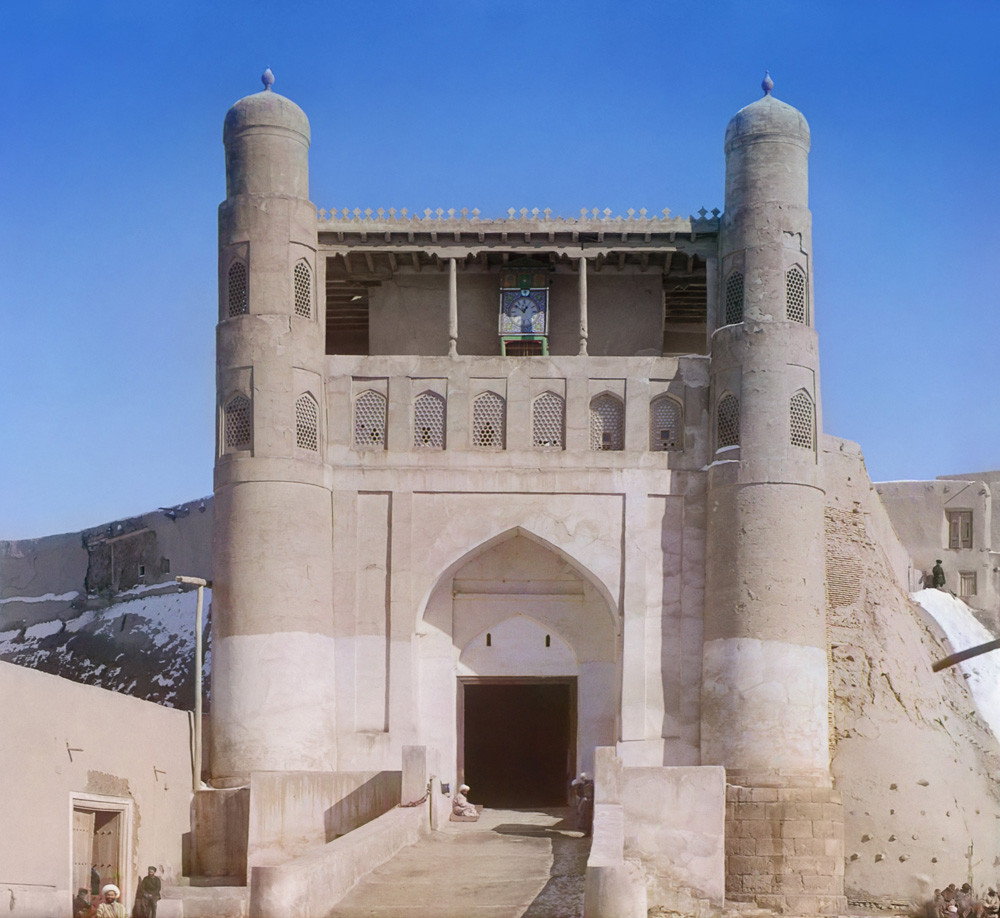
It must be remembered that in those days color photographs were taken only indoors. Perhaps Prokudin-Gorsky was the first who began to shoot regularly in nature. To take the picture, three black and white negatives were projected through a color lens to recreate the color. And he was shooting with a self-assembled camera.
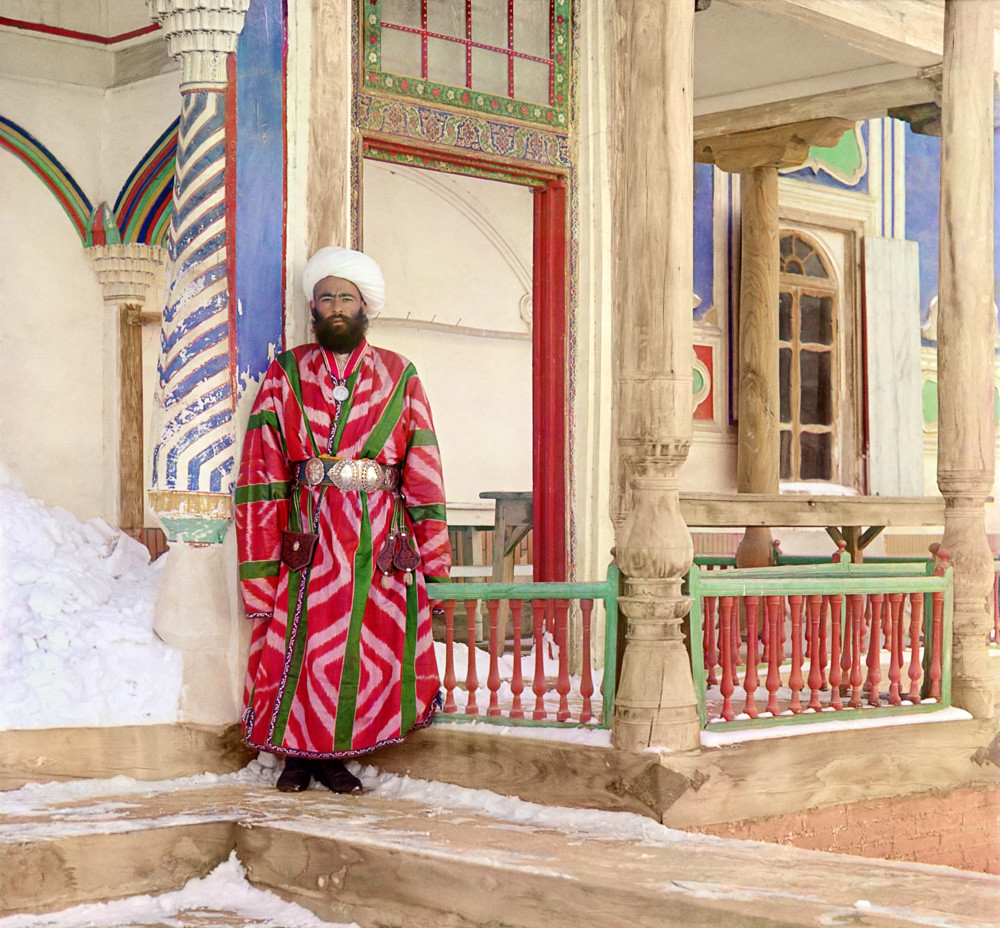
In his works, the master tried to show the difference between different categories of people in terms of social origin, lifestyle, religion. Therefore, in the photographs from the Turkestan collection we can see a variety of heroes: prisoners, merchants, bakers, madrasah students, officials and even the emir of Bukhara.
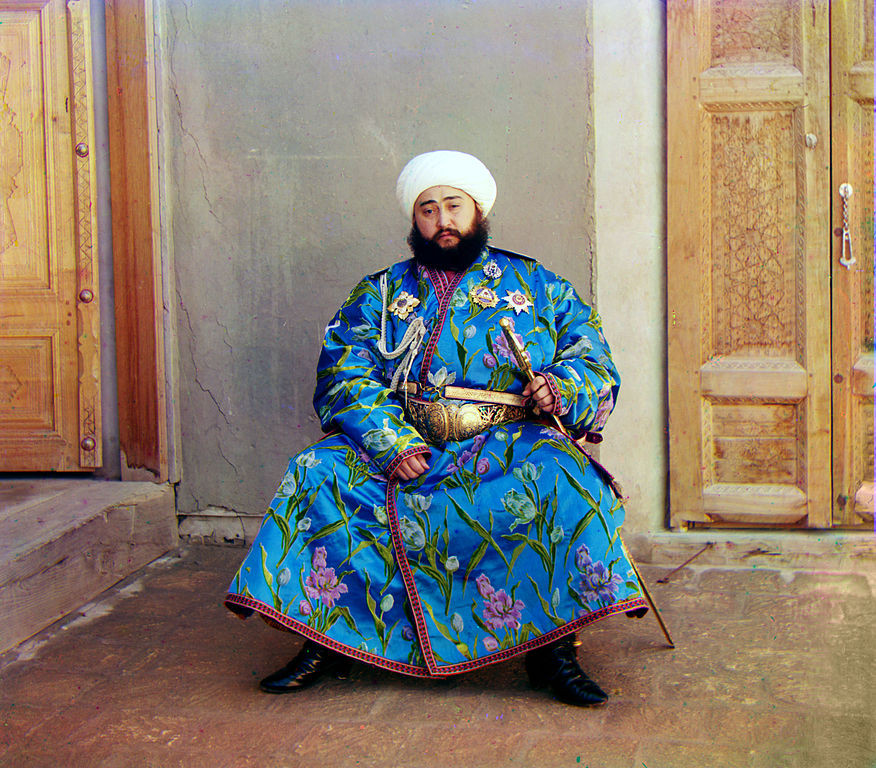
Of great interest is the photograph of the last emir of Bukhara, Seyid Alim Khan, solemnly posing in 1911, immediately after coming to the throne. Portrait photography has become a cult, it not only clearly shows the external data of the emir, but you can even study the characteristics of the character of the posing.
Unfortunately, the surviving photographs and their negatives were bought from the heirs of Prokudin-Gorsky and were kept in the Library of Congress until 1980. Now several iconic photographs can be seen in the expositions of the Bukhara State Museum-Reserve.









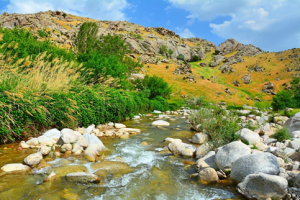
Working hours: 9:00 AM - 6:00 PM, Mon-Fri
For any questions
ПОЛЬЗОВАТЕЛЬСКОЕ СОГЛАШЕНИЕ
1. Определение
Настоящее Пользовательское соглашение (далее — Соглашение) является Публичной офертой в соответствии со статьёй 367 Гражданского кодекса Республики Узбекистан от 21.12.1995 (https://lex.uz/ru/docs/111181#162763) и регулирует порядок использования материалов и Сервисов сайта Государственного унитарного предприятия «Национальный PR-центр» (далее — Предприятие), размещённого на веб-сайте и поддоменах Национального Туристического Информационного Центра: https://uzbekistan.travel/ (далее — Сайт).
Посетитель и (или) Пользователь подтверждает, что ознакомлен, полностью и безоговорочно принимает все условия настоящего Соглашения и обязуется их соблюдать.
Использование Сайта Пользователем означает полное принятие данного Соглашения «как есть» в форме акцепта.
Соглашение вступает в силу с момента посещения любой страницы Сайта и (или) регистрации на Сайте и действует бессрочно во время пользования Сервисами Сайта.
Настоящее Соглашение обязательно для исполнения всеми Посетителями и Пользователями без каких-либо изъятий и дополнительных согласований.
Пользователь обязуется самостоятельно проверять актуальную редакцию Соглашения на Сайте перед использованием Сервисов.
2. Предмет Соглашения
Предметом настоящего Соглашения являются правила использования материалов Сайта и предоставление Посетителю и (или) Пользователю возможности использования Сервисов Сайта.
Предприятие является правообладателем исключительных прав на Сайт в целом и на его составные части, включая все виды контента: логотипы, товарные знаки, тексты, статьи, аннотации, иллюстрации, фотографии, графику, аудио- и видеофайлы, пользовательские интерфейсы, дизайн, структуру, программы, базы данных.
Я прочитал(а) и соглашаюсь с условиями использования сайта и политикой конфиденциальности.
